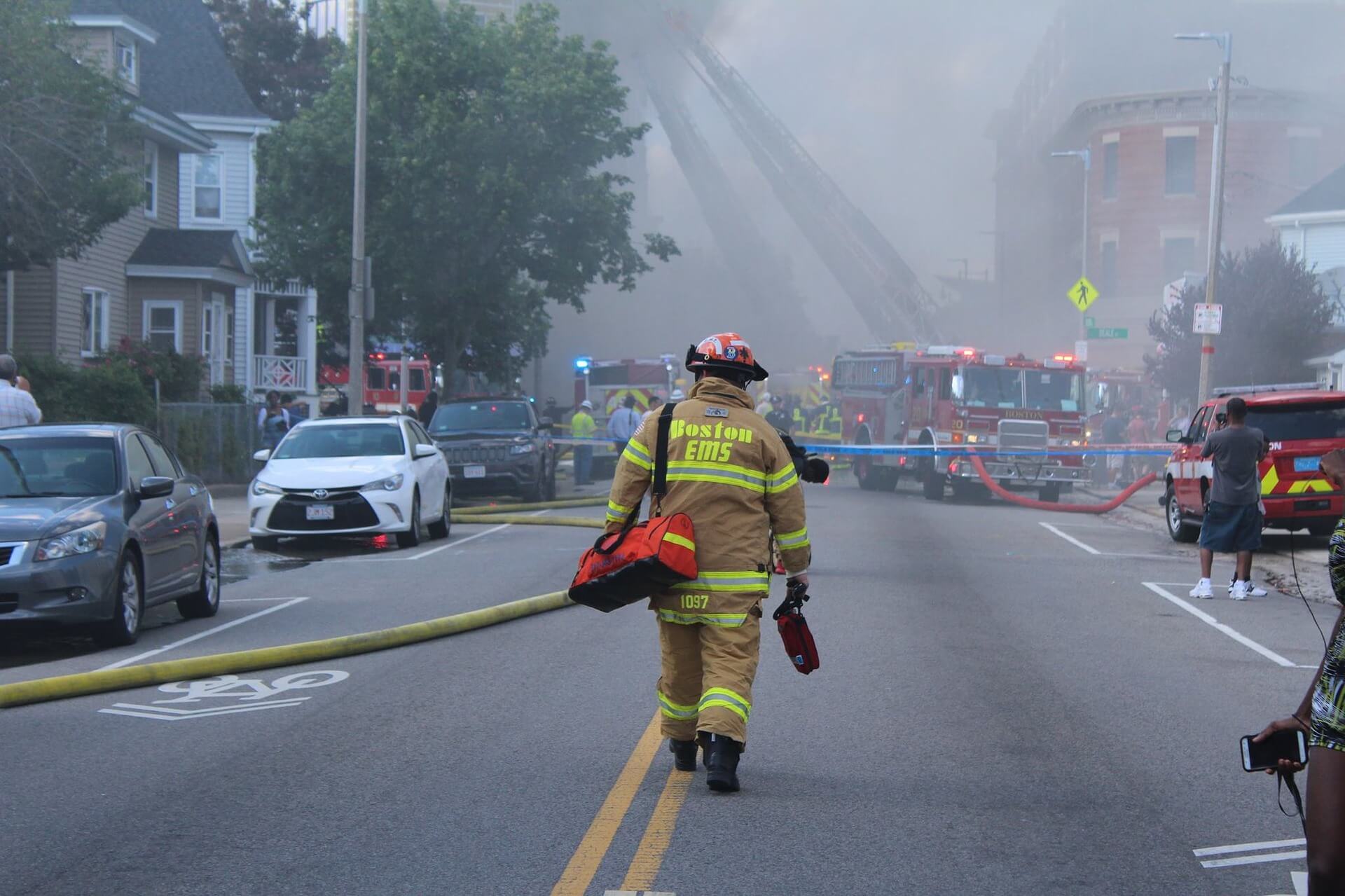Business
How to create a disaster management plan for your business
An effective disaster management plan should be in place for every company to protect its employees and business.

Every business should have a disaster management plan in place to keep their livelihood and employees safe during a natural disaster. Studies have shown people are more productive when they feel cared for and secure. So, the mere presence of a disaster management plan can have a positive impact, even if a natural disaster does not occur. Additionally, a natural disaster can wreak havoc on a business’ finances. It could create lost revenue due to property damage and other factors insurance does not cover.
An effective disaster management plan ensures the safety of all employees, while simultaneously preparing a business for a natural disaster to minimize impact to their fiscal bottom line. Businesses should develop a disaster management plan that regards both employee safety and budgetary continuity.
Emergency planning for employees
When establishing a disaster management plan, the first aspect to regard is employee safety. Naturally, since employees are a business’ most important assets, it’s imperative to communicate this plan to employees before a natural disaster occurs.
FEMA recommends having an emergency alert system that connects all employees, such as a password-protected web page or email/text alert. If a natural disaster occurs, you can use this platform to contact everyone simultaneously. It will help you avoid spending precious time on various communication methods.
Speaking to co-workers with disabilities ahead of a disaster is also crucial. They may require special assistance, materials or medication. When preparing for a natural disaster, assign more physically inclined employees the tasks of working with those who have disabilities, since someone may need to be carried or lifted. Those with medications should be advised to always have an emergency supply on hand.
Having ample emergency supplies on hand is also important. FEMA is correct when stressing to prioritize fresh water, food, clean air, and warmth. Beyond that, it’s recommended to have a battery-powered commercial radio and NOAA weather radio along with a flashlight, extra batteries, a whistle and first-aid kit. Also of recommended use are dust masks to remedy polluted air, wrenches to turn off utilities, and garbage bags and moist towelettes for sanitation.
Establishing an evacuation plan
Establishing an evacuation plan is essential. Copies of a building map can also be important, especially in cases of a flood or fire, when a quick exit may be necessary. Entry and exit locations should be clearly marked. Establish emergency routes in case of a fire or flood among employees ahead of time, in addition to a designated assembly site where all employees can meet. Businesses that operate various buildings should establish a unique evacuation plan for each site.

There needs to be an emergency contingency plan especially for people with disabilities. (Source)
A shelter-in-place plan
It’s also important to establish a shelter-in-place plan for situations where it is safer to stay inside, instead of evacuating. A dangerous tornado is one example. In that case, determine a place of shelter, ideally a basement or storm cellar. If those aren’t available, an interior room or hallway on the building’s lowest floor is ideal. Stay away from doors and windows at all costs. Remaining in the center of the room provides the best chances for avoiding injury.
Similarly, a chemical attack is very rare but still needs to be considered. In this case, you will need to seal the room. Choose a room with as few windows as possible. Turn off any fans or air conditioning and seal all openings with plastic sheeting and duct tape. From here, use the TV, radio or internet to determine when it’s safe to emerge.
Fiscal damage control
After establishing your employee disaster management plan, you can regard limiting financial damage in case of a natural disaster. Twenty-five percent of small businesses do not reopen after a major disaster, primarily due to lack of foresight.
Fiscal damage control involves reviewing your insurance coverage. This means checking to see if it covers major damage due to a natural disaster. If your policy doesn’t significantly cover natural disasters, you may want to consider a pricier, though more comprehensive, plan. Also, be aware of what records your insurance provider will need after a disaster, and store them somewhere secure—preferably offsite.
In case of a natural disaster that wipes out computers, it’s a good practice for businesses to operate from the cloud, so physical destruction has no impact on the data. Additionally, the cloud will enable employees to continue working beyond a natural disaster, from home if need be. The safe storage and collaborative abilities of cloud storage make it a recommended platform that prevents against data loss in case of a natural disaster.
Additionally, it’s important to prepare for utility disruptions, which can occur for lengthy periods following a natural disaster. Prioritize the utilities that are vital to day-to-day operations—generators are a potentially worthwhile investment. These precautions, in addition to the securing of facilities and equipment, can save your business’ financial standing following a natural disaster.
—
DISCLAIMER: This article expresses my own ideas and opinions. Any information I have shared are from sources that I believe to be reliable and accurate. I did not receive any financial compensation in writing this post, nor do I own any shares in any company I’ve mentioned. I encourage any reader to do their own diligent research first before making any investment decisions.

-

 Crypto1 week ago
Crypto1 week agoAAVE Community Challenges Aave Labs Over Governance and Control
-

 Crowdfunding6 days ago
Crowdfunding6 days agoDeep Learning Italia Launches €400K Crowdfunding to Bridge Italy’s Tech Skills Gap
-

 Biotech2 weeks ago
Biotech2 weeks agoSpain Joins First EU Joint Clinical Assessment Under New Health Technology Regulation
-

 Crowdfunding1 week ago
Crowdfunding1 week agoa2censo Expands Crowdfunding Access for SMEs and New Investors


![Kevin Harrington - 1.5 Minutes to a Lifetime of Wealth [OTC: RSTN]](https://born2invest.com/wp-content/uploads/2023/12/kevin-harrington-400x240.jpg)
![Kevin Harrington - 1.5 Minutes to a Lifetime of Wealth [OTC: RSTN]](https://born2invest.com/wp-content/uploads/2023/12/kevin-harrington-80x80.jpg)




















You must be logged in to post a comment Login